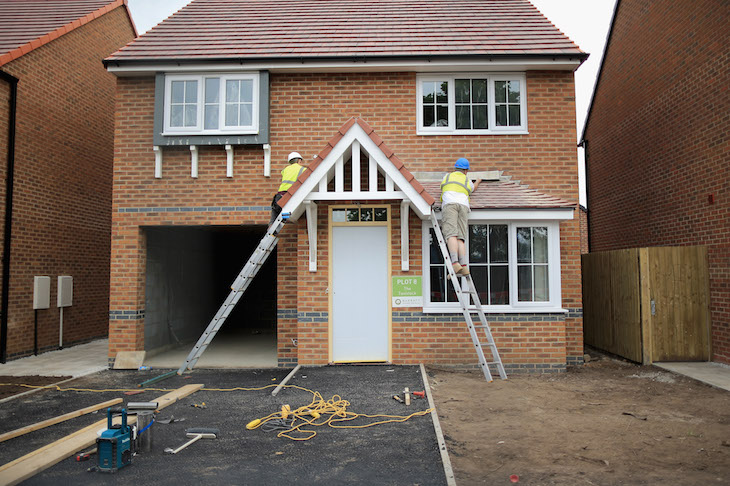The Conservatives are having yet another one of their Green Belt rows. Over the weekend, it was reported that Philip Hammond wants to relax restrictions on the Green Belt in order to get more homes built, but the Prime Minister isn’t very keen on the political implications of a liberalisation of planning laws. She remembers the bruising political rows that David Cameron’s government had with the National Trust, the Campaign to Protect Rural England, and the Telegraph, and feels that this is a battle she could ill-afford.
When I interviewed Conservative policy chief George Freeman last week, one of the striking observations he made was that while he wanted to empower party members to have more of a say on policy, he also didn’t think that the current membership would do what it did in the 1950s and vote in favour of a mass housebuilding programme.
Building on Green Belt land might have a few supporters in the Conservative party such as Jacob Rees-Mogg, but it is the sort of thing that Labour, while arguing in favour of more homes, would also oppose noisily, which makes it even less attractive when May is trying not to alienate any more natural Conservative supporters after upsetting them with her election social care plans. Today Jeremy Corbyn told the CBI that he was ‘sceptical’ about plans to build on the Green Belt, saying:
‘I feel very strongly about the principle of the Green Belt, because if you take away this cordon of green space and cleaner air around big cities, I think you have the danger of massive ribbon development. So I am somebody that is very sceptical about building on the green belt. I see that in some cases there are land swaps that go on, where a piece of open space is created somewhere else in return for it. That obviously is a trade-off that can be looked at.’
Now, while it’s worth remembering that Green Belt is not the same as green field, and that its purpose is not to conserve wild flower-strewn meadows (which tend to be protected as Sites of Special Scientific Interest, yet still seem to end up as the illustrations to stories about green belt building) but to prevent urban sprawl, it’s also worth remembering that liberalisation of planning laws isn’t just about the Green Belt. It’s also about the environmental standards for new housing, requirements for the location of toilets, bins, and so on. It could be that Hammond secures significant liberalisation of planning laws, but without any changes to green belt protections. The question then will be whether not touching the green belt keeps people happy, or whether in fact one of the contributing factors to discomfort with housebuilding is the fact that green belts may prevent urban sprawl, but they also lead to more development in the rural areas outside the protected zone, and densification of housing inside. It’s just that the green belt has become a proxy for that wider discomfort, and it may well be that some other aspect of planning law is taken up as the next proxy when people realise that it will still lead to more homes being built in their area.







Comments